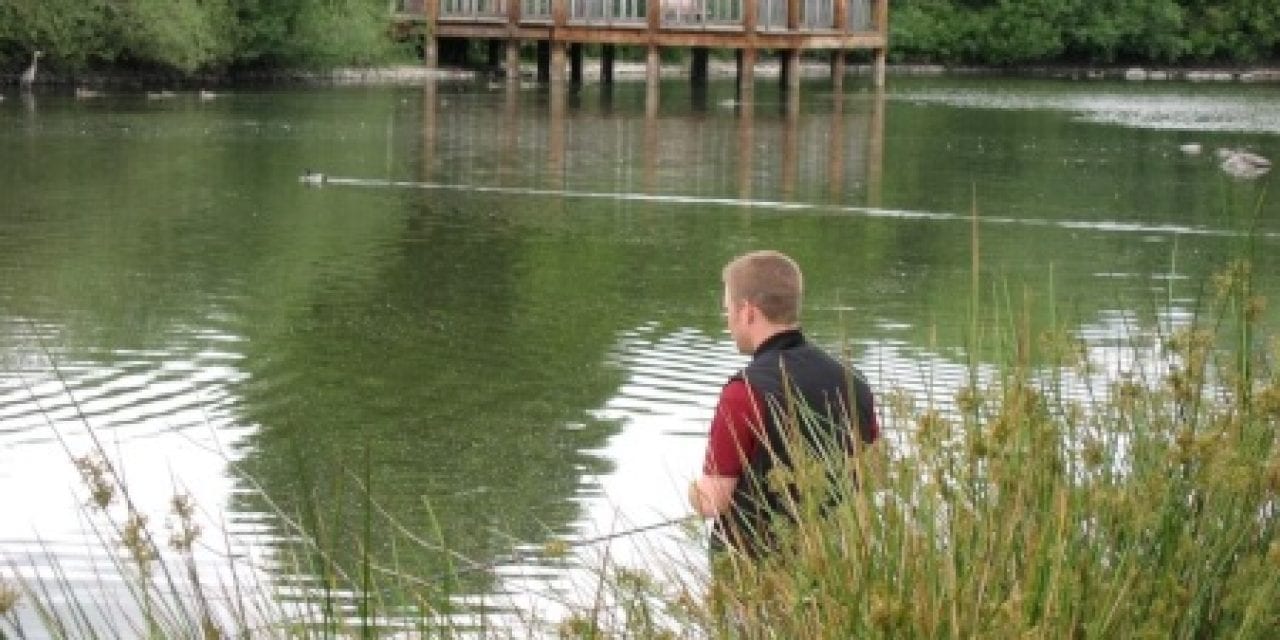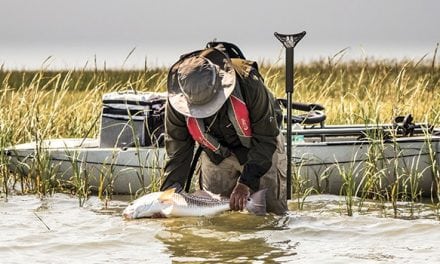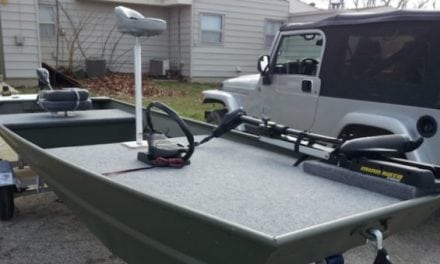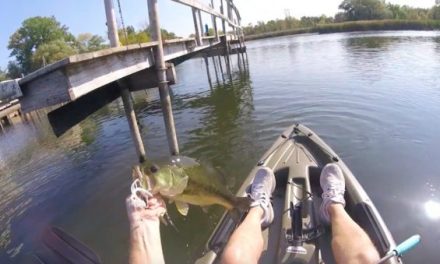 Fishing is one of the most popular hobbies and summertime activities. Whether one fishes as a passion, hobby, or is doing it for the first time, one cannot deny that fishing does offer certain tranquility that few other hobbies could. Then there is also the element of sourcing sustenance from nature of itself and providing a delicious meal for your family on fishing vacations. Not only does one connect with nature, but they also make memories with their loved ones in the process.
Fishing is one of the most popular hobbies and summertime activities. Whether one fishes as a passion, hobby, or is doing it for the first time, one cannot deny that fishing does offer certain tranquility that few other hobbies could. Then there is also the element of sourcing sustenance from nature of itself and providing a delicious meal for your family on fishing vacations. Not only does one connect with nature, but they also make memories with their loved ones in the process.
However, memories with your family and connecting with your base instincts requires that you be properly prepared. Not having the right equipment with you can turn the entire experience into a nightmare and, rather than unwind through the peace of fishing, you’ll be in a situation that frustrates you even further.
We’ve written this article to ensure that you have all the essential equipment with you before your fishing trip and are able to make the most of your getaway. Be sure to buy a decent tackle box so you can store all of the items mentioned here properly.
So without further ado, let’s go!
LINE
When you walk into a fishing gear store, you’ll find a variety of lines in different thickness and made of different materials. This is because the line you use always depends on what and where you’re fishing. Thicker lines will obviously be stronger and more durable. These are used when you’re fishing in rough conditions and are looking to catch something a little big and heavy. However, you couldn’t use the same line if you’re fishing in a crystal clear lake as the fish would be able to tell something isn’t right.
Therefore, make sure you buy your line according to what you’re fishing for and where you’re fishing. Also, make sure you carry some extra length of line with you as you’re bound to lose some length either due to tangling the line on a rock or coming across a difficult fish and having to cut the line.
HOOKS
Hooks also depend on the type of fish you’re looking to catch. Trout is a small fish and won’t require a large or heavy hook. However, if you’re looking to catch some catfish then you’ll need a larger and heavier hook. There are two different types of hooks you can choose from, the J-Hook and French Hook. Each has its own advantages and uses.
BOBBERS
“Bobbers”, sometimes referred to as “floaters”, float on the water and signal when a fish has caught the bait. After the fish bites on to the hook and pulls, the bobber will sink into the water and you’ll know it’s time to start reeling your fishing rod.
Traditionally, people would use a cork attached to a stick, which would be tied to the fishing line. While the method is still effective, nowadays bobbers come in a variety of shapes, colors, and sizes. You can get creative and add some color and life to your tackle box if you buy a variety.
SINKERS
If you’re fishing in deeper water, you’ll need a lot more than just the traditional hook and worm. A simple hook-and-worm will not have enough weight to allow it to sink deep and this is where sinkers are used. By adding a bit of weight to the hook-and-worm, you’ll be able to fish in deeper water.
You’ll find sinkers in different shapes and sizes, but they will be primarily made out of brass, tungsten, steel, or bismuth. Traditionally, lead was popularly used but due to the impacts of lead on health and the environment, usage has rapidly decreased in recent years.
Regardless of your choice of sinker, be sure to buy extra as you’re going to end up losing a few while fishing.
PLASTIC WORMS
Primarily introduced in the market for compassionate reasons, plastic worms are soft plastic pieces that have been shaped to look like worms. To reduce the usage of live worms as bait, manufacturers introduced these tiny plastic worms with the claim that they shape, color, and the way that the plastic worms move would attract more fish and lead to a bigger catch.
However, plastic worms haven’t really replaced live bait as much as they have become an addiction. These mainly come in handy when one runs out of bait or is not able to find any. As far as the claims of attracting more fish are concerned, one can safely say the same is superstition more than anything.
LURES
“Lures” are devices that are used to attract fish with the way they are designed and move in the water. There are many types of different lures but the most popular are spinners, minnow imitations, topwater lures, and spoons. Each type of lure attracts different fish, but there is no hard and fast rule. One would need to experiment and see what works best for them.
Lures are also a great way to lighten up your tackle box and will add much-needed color and excitement. You can even build a collection and show it off to other anglers that show up to the fishing hole.
NEEDLE NOSE PLIERS
You’re going to need needle nose pliers if you want to eat your fish without the hook still inside its mouth. Don’t waste your time and money buying anything fancy as your corner hardware store will have a simple pair of pliers which will be more than enough for the job.
LINE CUTTER
When fishing, it’s possible that the line gets caught on a log or a rock and you end up with a tangled line. You can’t use the length of the tangled line again and will need to cut it. You could also come across a difficult fish that doesn’t budge and you’ll need to cut the line or risk losing or damaging your fishing rod. A line cutter could be of great help in such situations.
You could choose to use a knife or nail clippers, but a line cutter is definitely the safest and fastest way of cutting a line.
If you’re looking to buy any of the above equipment at a great price, be sure to visit Nihon Fishing. Their website has all the latest equipment from quality manufacturers. They also have sales from time to time so be sure to keep an eye out.
By Helen Bell
The post FISHING ESSENTIALS YOU SHOULD ALWAYS KEEP IN YOUR TACKLE BOX appeared first on OutDoors Unlimited Media and Magazine.
















